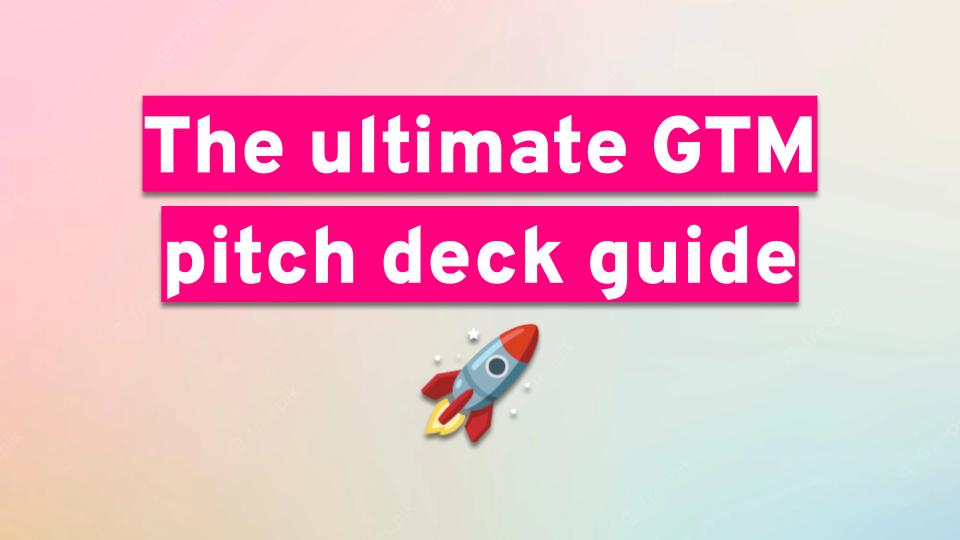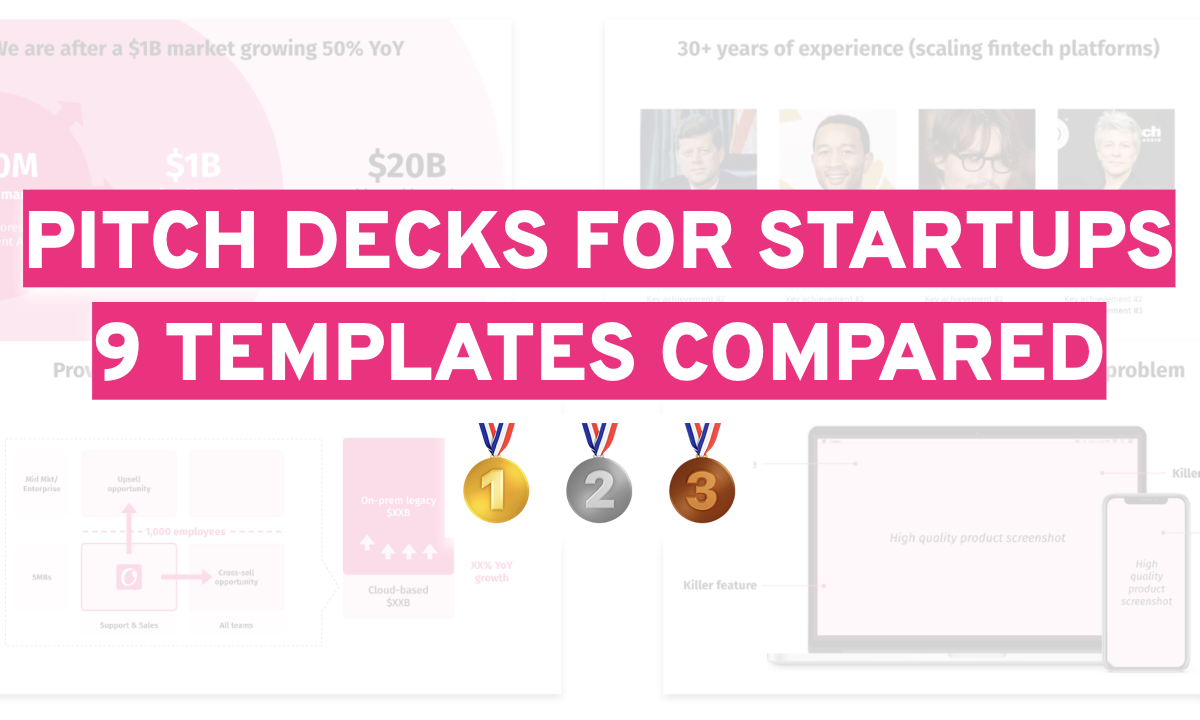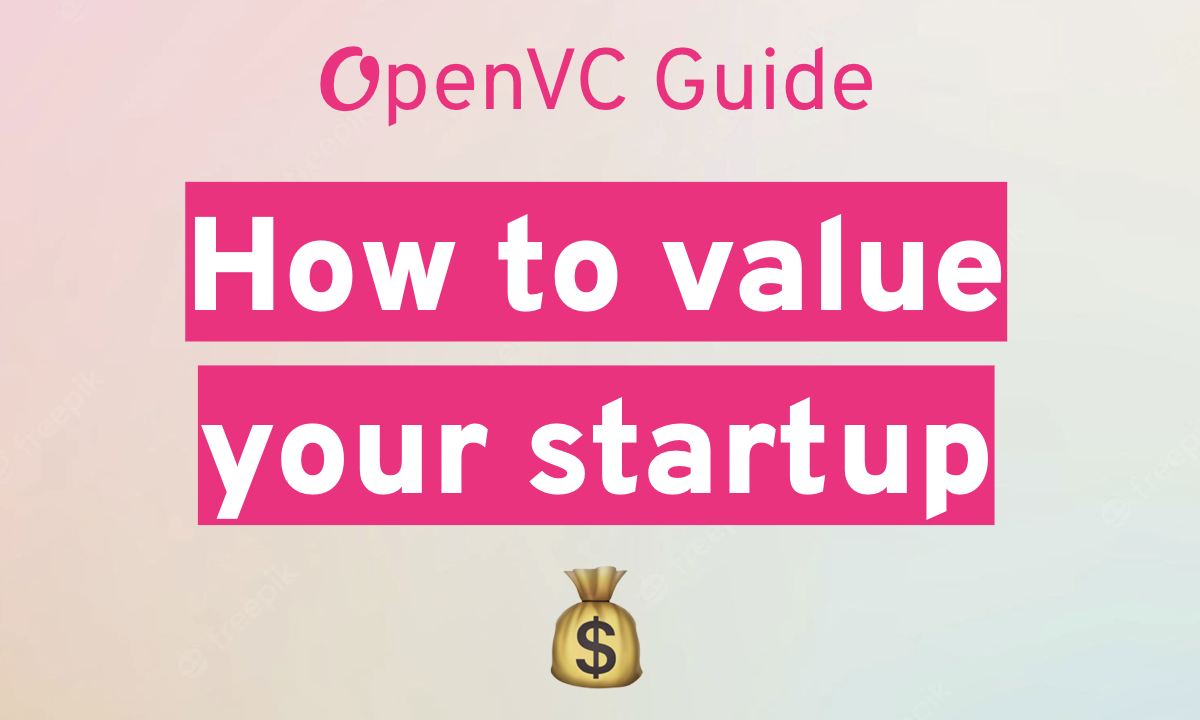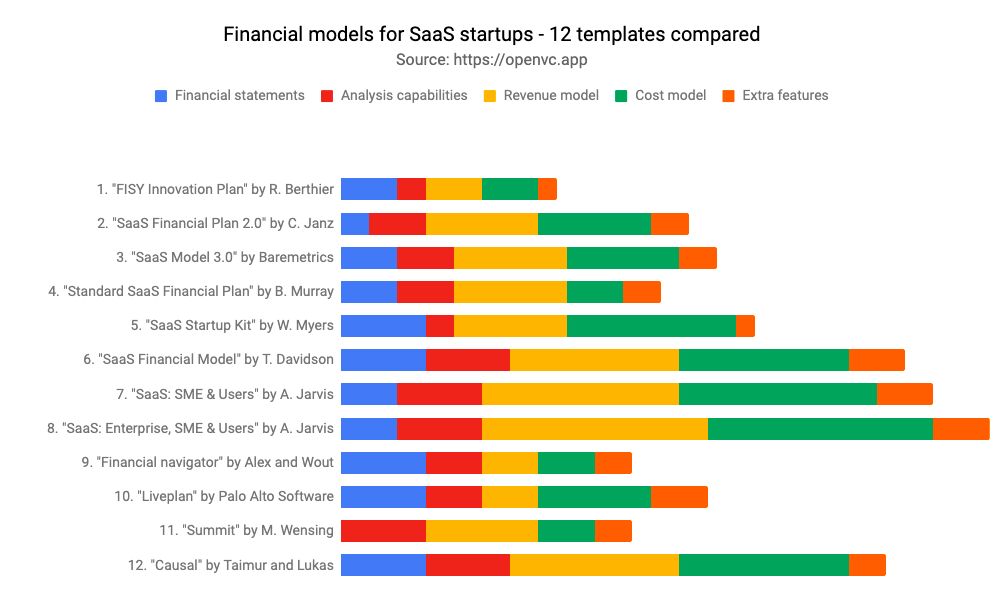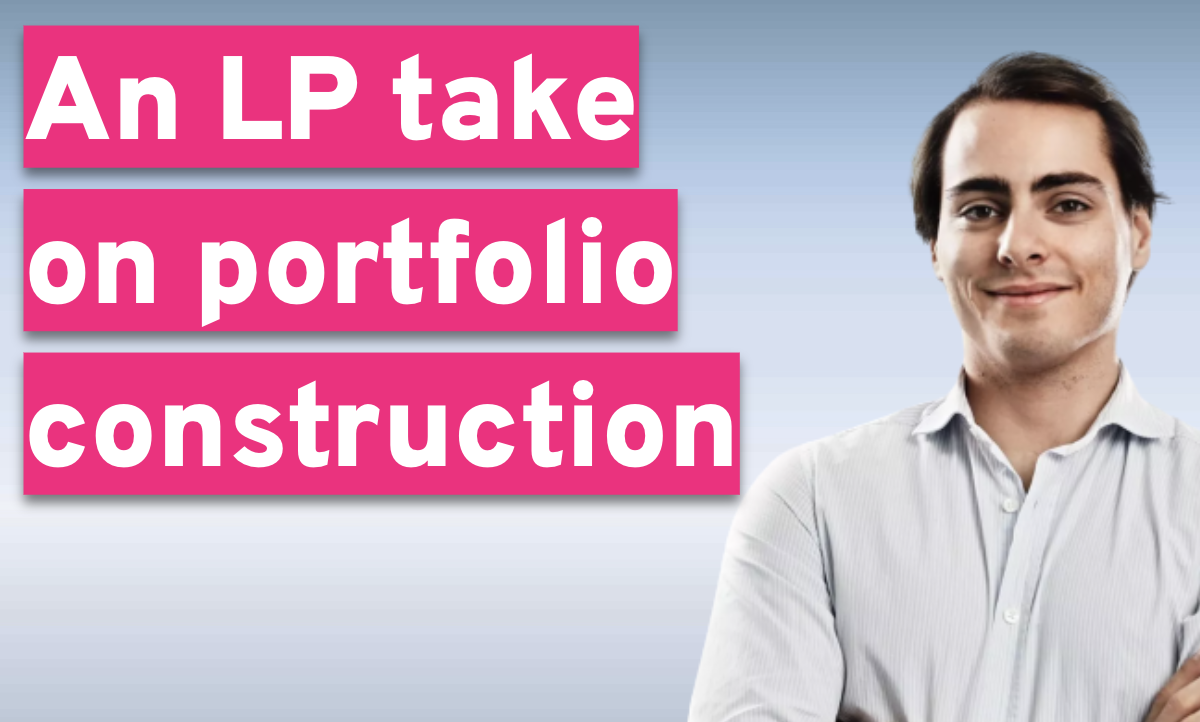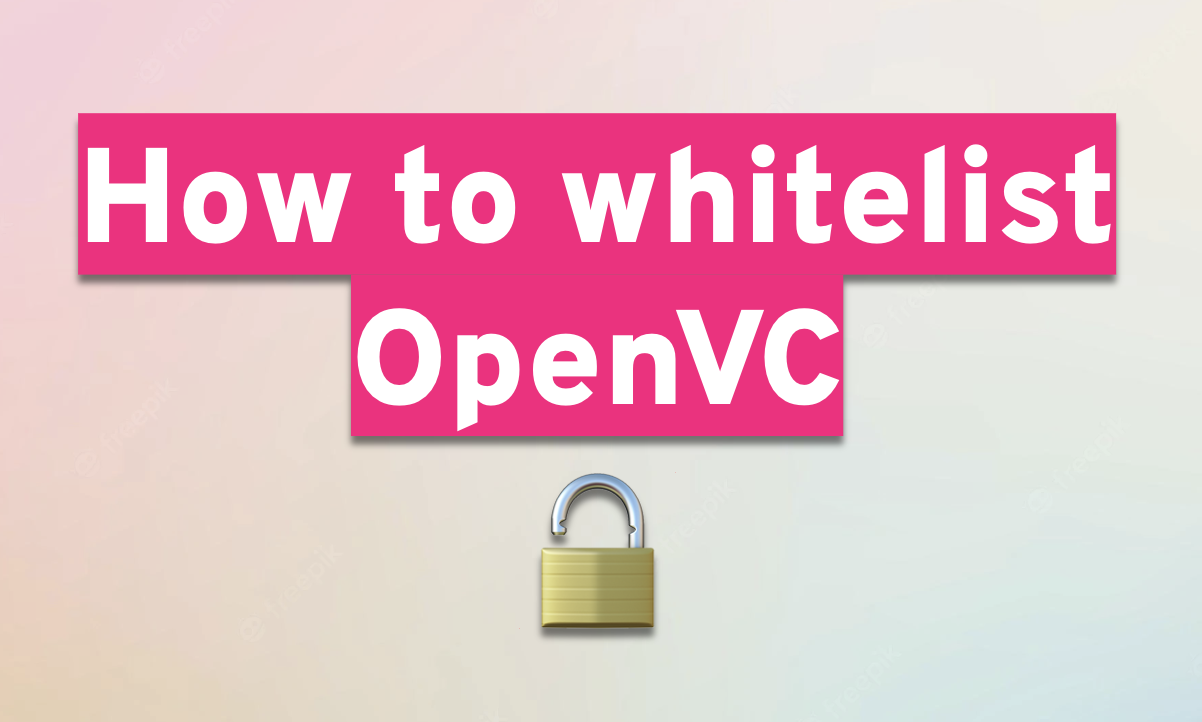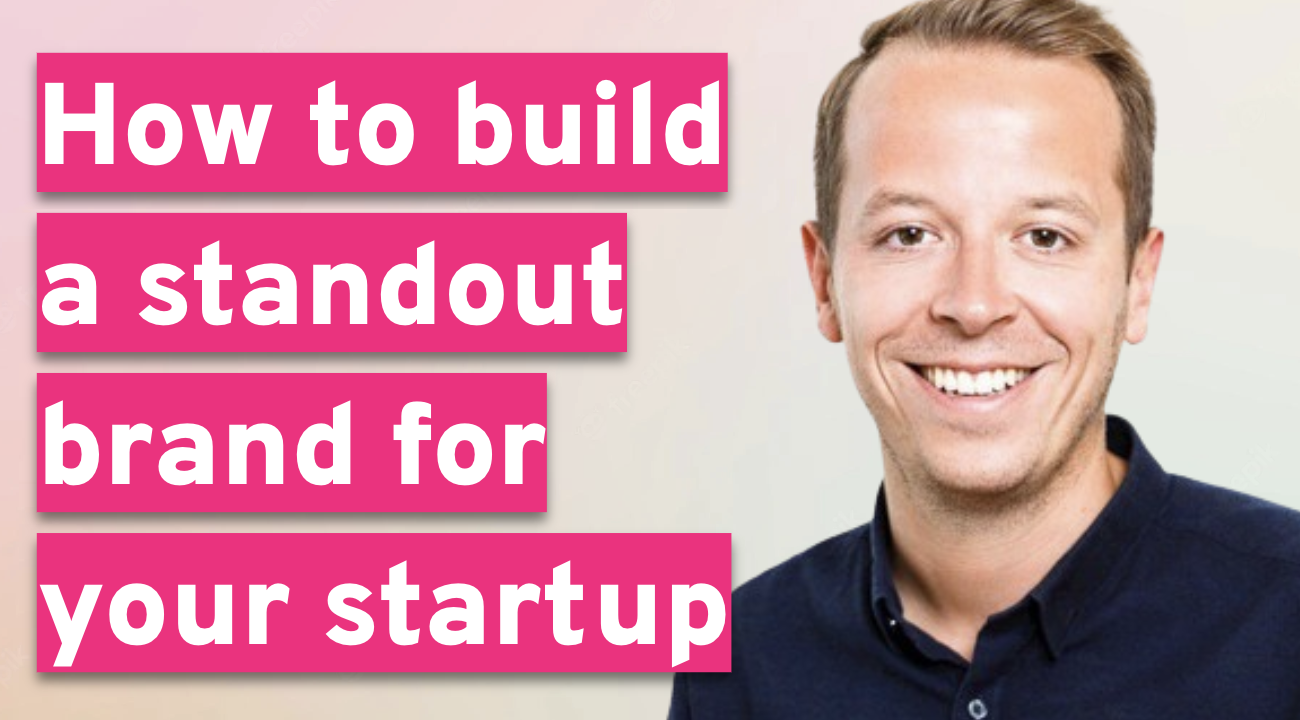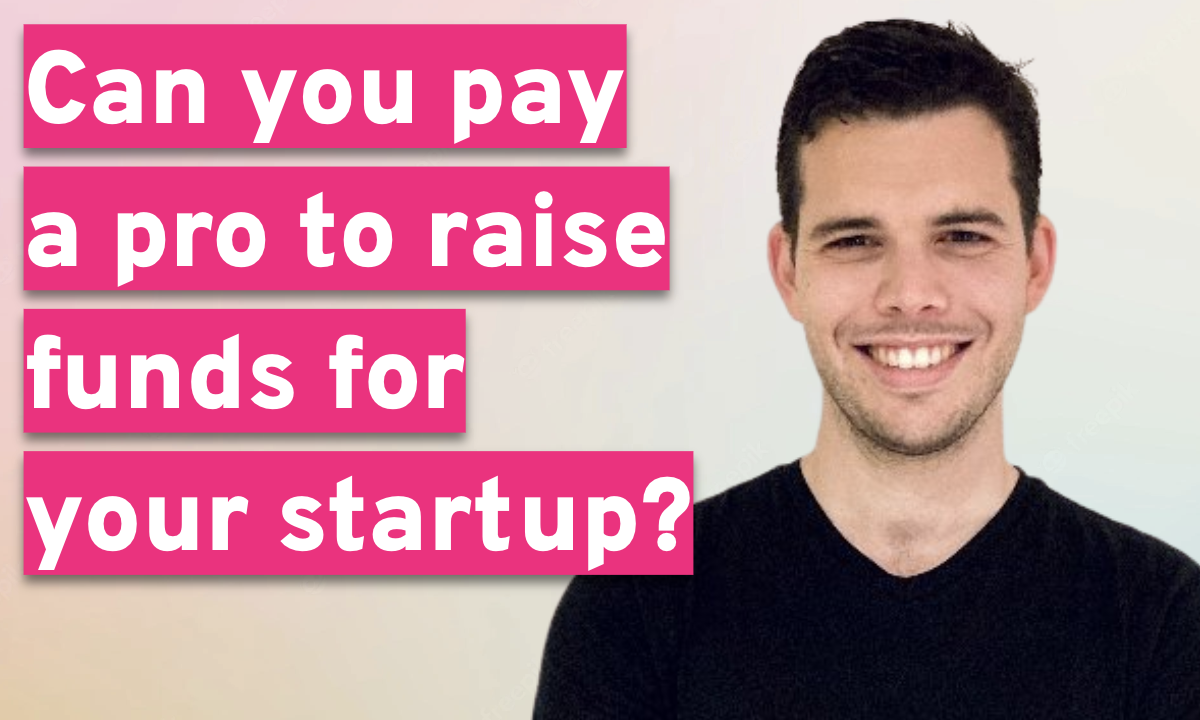Table of Contents
What is a Go-to-Market Slide?
The go-to-market (GTM) slide is a tricky one.
Most fall short because they are nothing more than a list of intentions: "We will run paid ads… influencer marketing, and social media marketing".
Your GTM strategy slide explains how your startup plans to reach its customers and turn interest into adoption. Investors want to know that you’ve thought strategically about the most efficient and impactful ways to acquire customers and grow market share. This slide isn’t just about listing tactics—it’s about showcasing a clear, focused strategy for customer acquisition, distribution, and scaling.
Every great product needs a great go-to-market strategy. Without it, even the most innovative ideas can fail to reach the people they’re meant to serve. The GTM Slide outlines key elements such as:
- Target customers: Who are you trying to reach first, and why?
- Marketing and sales channels: Which channels will you use to acquire customers effectively?
- Competitive advantages: What makes your approach more effective than others?
- Growth timeline: How will your strategy evolve as your business scales?
Whether you’re focusing on a direct-to-consumer (D2C) model, leveraging partnerships, or taking a product-led growth (PLG) approach, the GTM Slide is where you show investors how you’ll build and sustain momentum in the market.
It’s not just about what you’ll do—it’s about why it will work.
What Do Investors Look for on the GTM Slide?
- A definition of your ideal customer profile (ICP) and initial target market.
- Specific marketing and sales channels, backed by data or historical performance.
- Evidence of a focused, scalable strategy rather than a scattershot approach.
- Metrics like customer acquisition cost (CAC) and lifetime value (LTV) to demonstrate efficiency.
- How your strategy will evolve over time to capture additional market segments.
🤔 What Questions Should a Go-to-Market Slide Answer?
- How will you acquire customers, and what will it cost?
- What marketing and sales channels will you use, and why?
- How does your GTM strategy align with your business model and pricing?
- Does your team have the skills to execute on this strategy?
- What past achievements or data support your approach?
❌ Common Mistakes to Avoid
- Presenting a generic list of marketing channels without a clear process or rationale.
- Failing to include metrics like CAC or LTV, which are essential for credibility.
- Misalignment between your GTM strategy and your pricing or team capabilities.
- Overloading the slide with too many details or vague intentions.
- Ignoring past achievements or leaving out any evidence of execution.
How to Create a Go-to-Market Slide That Investors Will Love
✅ GTM Slide Best Practices
- Show a process that brings together channels and actions in one tight flow
- Don't just talk about intentions and objectives, but also mention past achievements
- Include numbers - CAC, LTV... A GTM slide with no numbers is unacceptable.
- Start with your Ideal Customer Profile –- clearly define who you’re targeting and why.
- Be consistent with two key aspects of your startup: your financial model and your team.
✍️ GTM Slide Content
- Headline: A concise summary of your strategy (e.g., “A proven, data-driven approach to acquiring SMB customers”).
- Process Visualization: Use a flowchart or diagram to show how your channels and actions connect.
- Channels: Focus on 2-3 key marketing and sales channels that fit your market and pricing model.
- Metrics: Include CAC, LTV, pipeline projections, or historical performance data.
- Team Alignment: Briefly mention how your team’s expertise supports your strategy.
🎨 GTM Slide Design
- Visual Process: Use arrows, timelines, or customer journey maps to create a clear flow.
- Professional Metrics: Highlight key numbers with bold typography or callouts.
- High-Quality Graphics: Use visuals like channel logos or product screenshots where relevant.
- Concise Text: Avoid clutter—focus on essentials only.
- Consistent Branding: Match the design with your pitch deck’s overall style.
Go-to-Market Slide Examples
Aircall
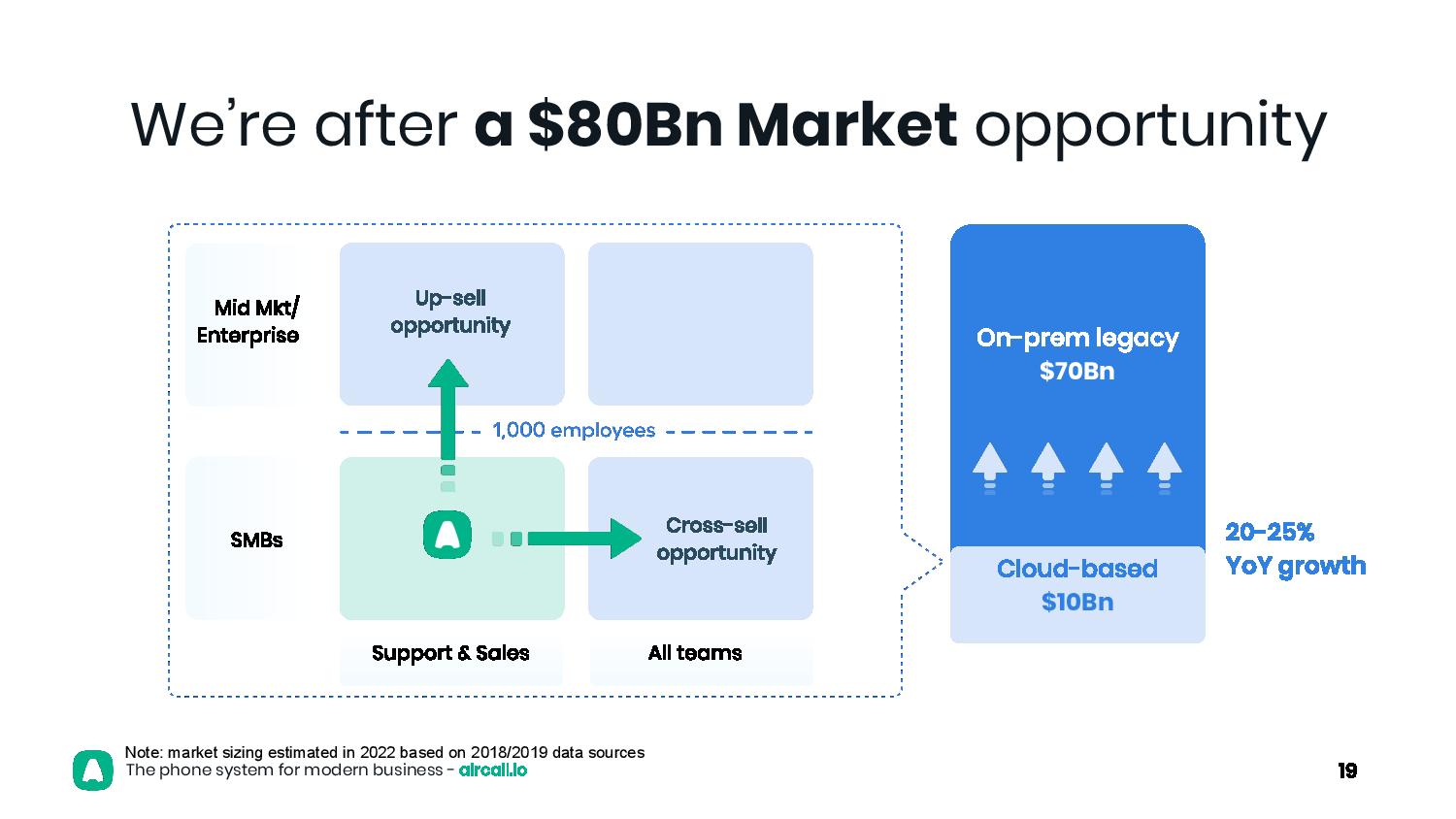
Crunchbase
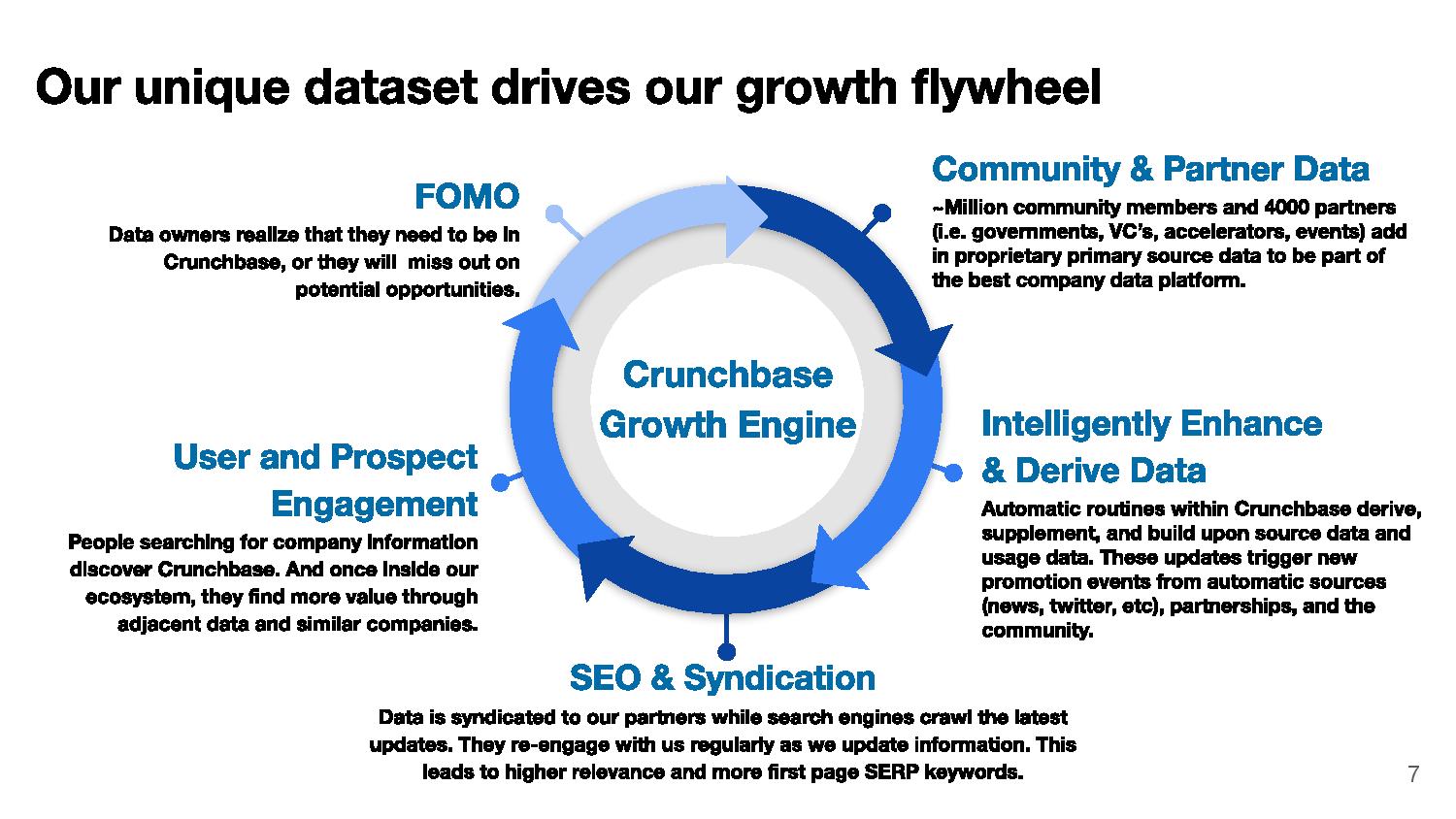
Front
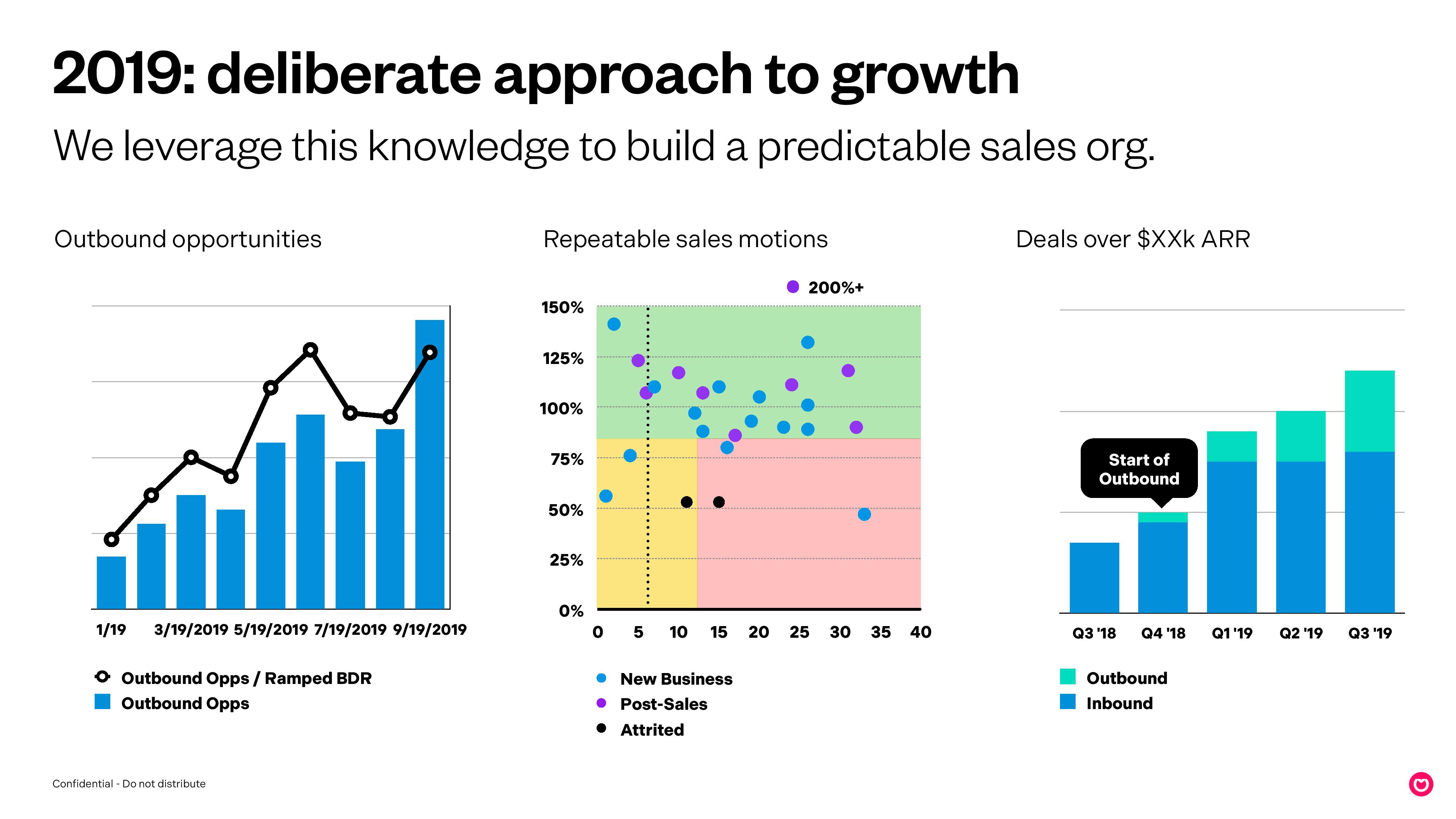
AirBnB
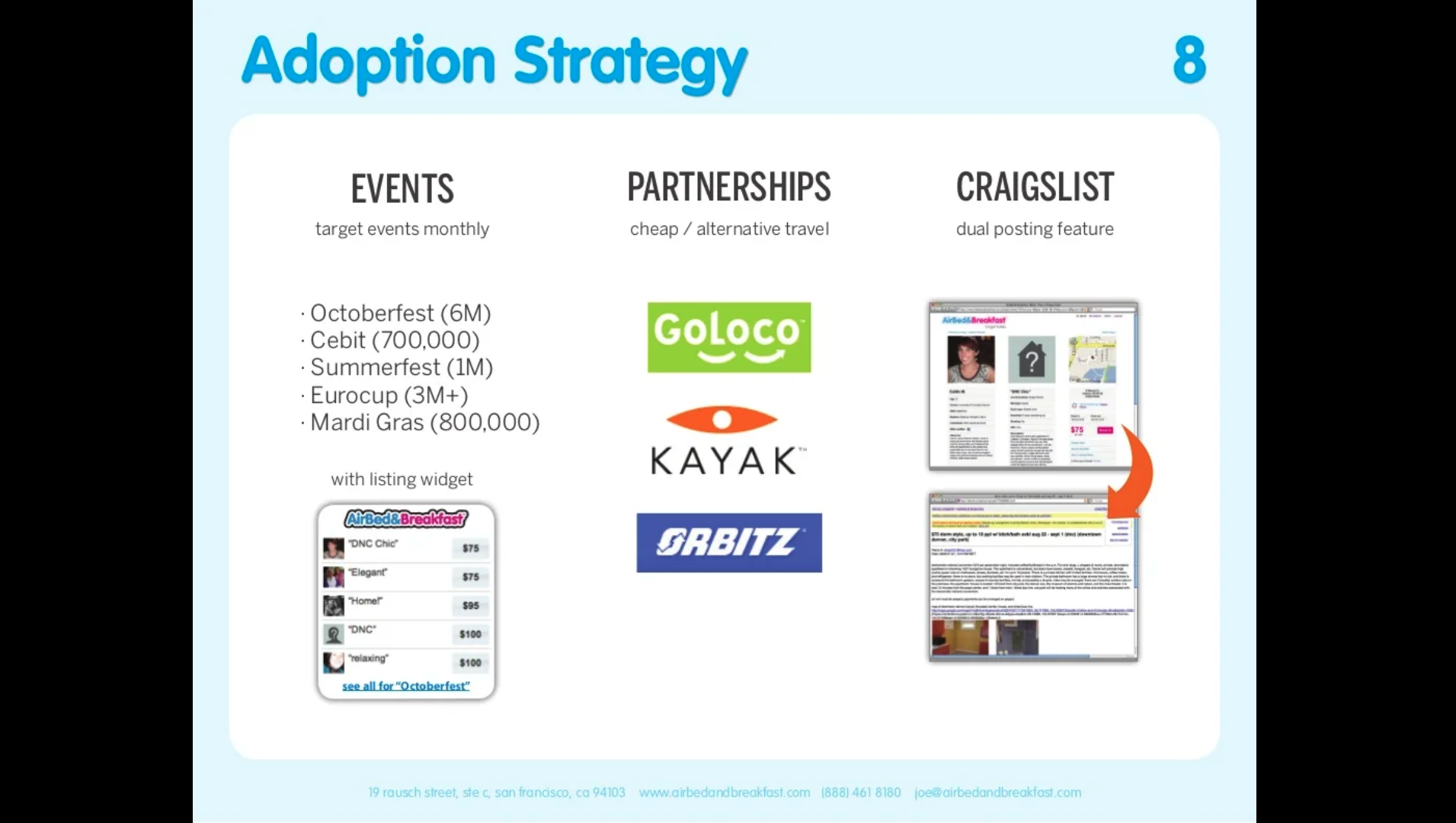
Algolia
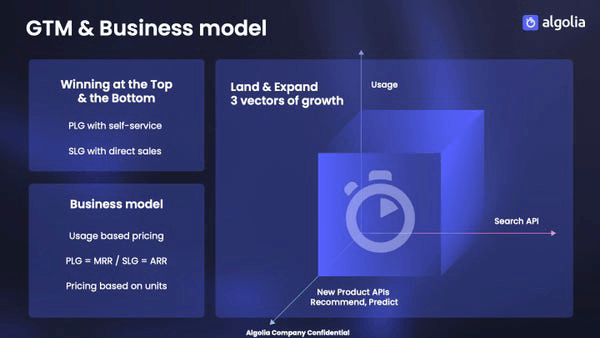
Go-to-Market Strategy for Startups
You built something awesome. You know it solves a real problem. But here’s the catch— no one cares unless you can get it in front of the right people. That’s where your go-to-market (GTM) strategy comes in.
Think of GTM as your battle plan for winning customers —who they are, where they hang out, and how you’ll get them to pay attention (and pay you). Startups that get this right scale fast. Startups that wing it? They burn cash on ads that don’t convert and wonder why no one’s signing up.
A strong GTM strategy answers five key questions:
- Who’s your buyer? Not just demographics—what drives them, what frustrates them, and what makes them need your product?
- Where do they live online? LinkedIn? Reddit? Slack communities? Email newsletters? Find them where they already are.
- How will you reach them? Paid ads, cold outreach, influencer partnerships, content marketing—pick a mix that fits your business.
- What’s your acquisition cost? If your CAC is higher than what a customer is worth (LTV), you’ve got a problem.
- How do you scale? What works now won’t always work later. Your GTM should evolve as you grow.
And let’s be real: GTM is not just marketing. It’s how your entire business brings in and retains customers. A great product with a bad GTM? Dead on arrival. A great GTM with a bad product? You might get short-term traction, but churn will kill you.
Want to avoid GTM mistakes? Don’t just list channels and tactics— show how they connect. Your sales, marketing, and pricing strategies should work together, not in silos. And whatever you do, track your numbers. Guessing your way through CAC and conversion rates is a fast track to running out of money.
At the end of the day, a winning GTM strategy is about building a repeatable, scalable way to turn strangers into customers. Nail that, and the rest falls into place.
Improve the Rest of Your Pitch Deck
Explore expert tips and resources to perfect every slide in your startup’s pitch deck.
Find your ideal investors now 🚀
Browse 5,000+ investors, share your pitch deck, and manage replies - all for free.
Get Started
